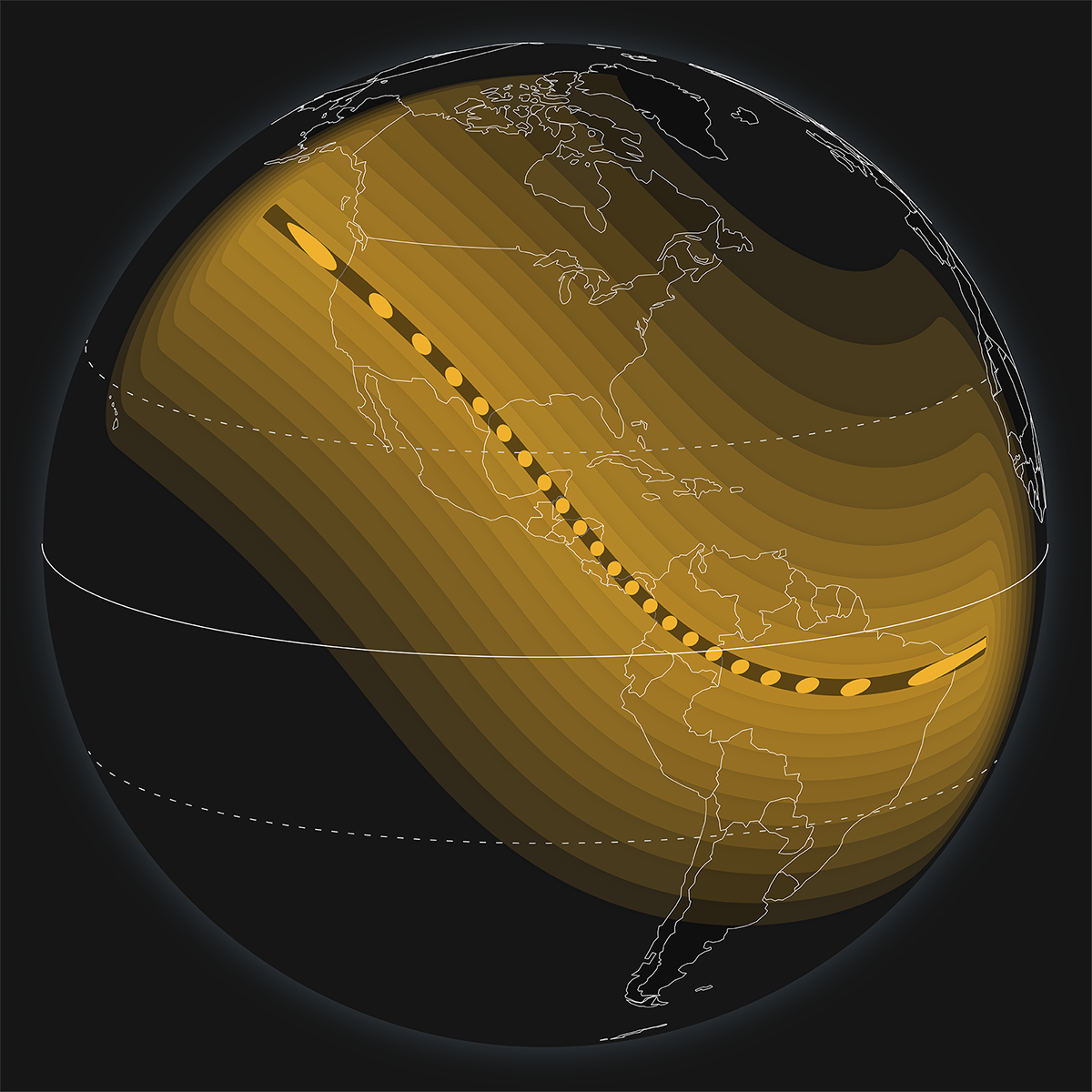Moon Observation Journal – 2023 Eclipse Edition
August 4, 2023
| Credit | NASA's International Observe the Moon Night |
|---|---|
| Language |
|
For observers in the Americas:
An annular solar eclipse will cross western North, Central, and northern South America on October 14, 2023. If it is visible from your location, begin a month of lunar observations starting with the annular eclipse and continuing through International Observe the Moon Night – and beyond! The annular solar eclipse may be visible as a ‘ring of fire’ around the Moon or as a partial eclipse. Check out
to find out what to expect in your location.
Always use proper eye protection
to observe an annular or partial solar eclipse. Record your observations in the journal. Once you have completed your observations for the whole month, answer the questions below.
Questions:
- Did the Moon look the same each day? If not, describe how it changed throughout the month.
- Did you see the Moon at the same time each day? Was there a pattern to the time when you were able to observe it? If so, describe the pattern.
- Did anything prevent you from being able to see the Moon this month? Could you still figure out what the Moon would have looked like if you could have seen it? If so, how?
- A solar eclipse is a rare opportunity to observe a new moon.
Look up information on the phases of the Moon and indicate in your Moon Observation Journal where you think the Moon most closely matched each of the following phases:
Waxing Crescent, First Quarter, Waxing Gibbous, Full Moon, Waning Gibbous, Third Quarter, and Waning Crescent, as well as New Moon. - A solar eclipse occurs when the Sun, Moon, and Earth line up, with the Moon in between the Sun and Earth. This only happens during a new moon phase. A lunar eclipse occurs when the Sun, Earth, and Moon line up, with the Earth in between the Sun and Moon. During what phase of the Moon could you see a lunar eclipse?
- What questions do you have about the Moon or eclipses? See if you can find answers and then share what you learn with your friends and family.
Some places you can find information about the Moon and eclipses are:
- NASA’s Moon Site: moon.nasa.gov
- Lunar eclipses: moon.nasa.gov/moon-in-motion/phases-eclipses-supermoons/eclipses
- Solar eclipses: solarsystem.nasa.gov/eclipses
- The next opportunity to see a solar eclipse in North America is April 8, 2024. Many people will be able to see a partial eclipse, and some lucky viewers will be able to see a total solar eclipse. Check NASA’s eclipse path map (on solarsystem.nasa.gov/eclipses). Will you be able to see a total eclipse or a partial eclipse from your hometown?






























